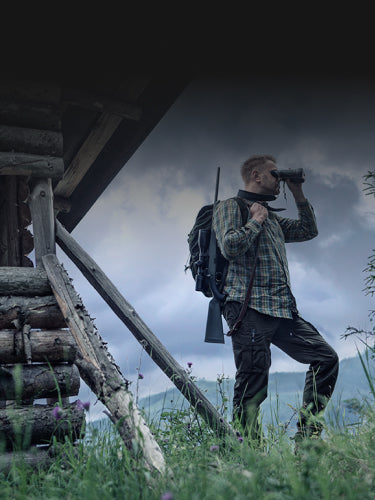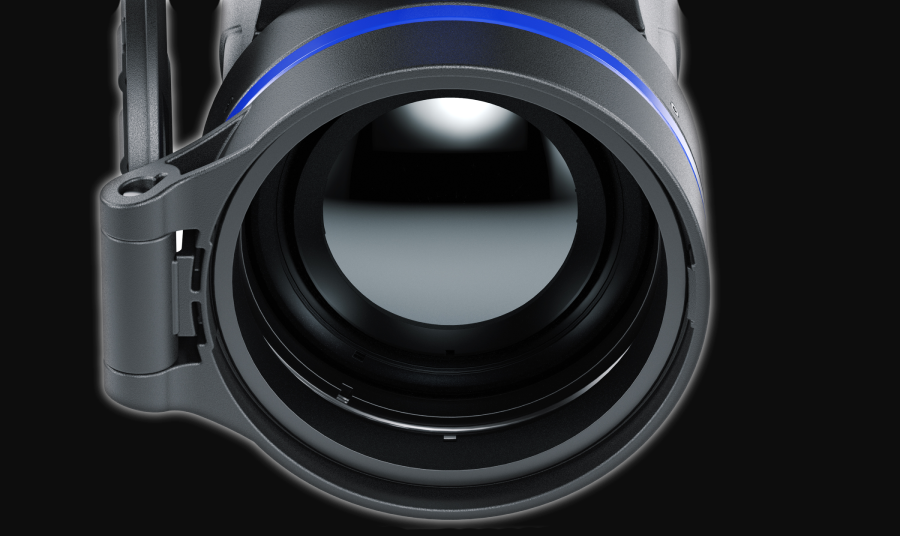Forever cursed is the man who steps out onto his porch and shoots his dog thinking it was a coyote. Equally cursed is the hog hunter who roams off-property and shoots a cow by mistake. The darkness of the night creates a challenge for ill-prepared hunters, and the wrong equipment could make even the most accurate of marksmen second guess their shots.
It is therefore essential for anyone hunting under moonlit conditions to bring a good nighttime optic, and it would be even better if it was augmented with a spotting tool such as a thermal monocular with a laser rangefinder.
The Thermal Advantage
Unlike night vision, thermal does not need a secondary illuminator to “see,” even in complete darkness. Since thermal optics operate by detecting the infrared radiation of heat instead of amplifying light like a night vision device, most thermal devices are capable of seeing objects at longer ranges than night vision optics.
By utilizing both a thermal optic and a monocular, a hunter has options for both scouting and shooting in a low-light environment. This is important for spot-and-stalk type hunts at night since a handheld monocular makes spotting safer and more convenient while a hunter is on the move.
Precision Matters
With an added laser rangefinder, a hunter can predict the distance to his target, which is important for calculating holdovers to ensure perfect shot placement. Precision matters during any hunt, and the difference between an ethical kill shot and an animal bleeding out after running a mile away into impassable terrain is frequently a matter of a few inches.
Why Clarity Matters
Hunting is a serious matter, and just like a good pair of boots, it is generally a bad idea “cheap out” on thermal. While a cheap thermal optic may boast great detection range, what a discerning hunter should truly be looking for is image quality.

This render is a stellar example of a horrible thermal optic. While it’s clear to the viewer that this is some sort of animal, it is hard to tell exactly what the animal is or even where it is facing, which is essential for proper sight placement.

Contrast it with this clear, detailed image as delivered through a state-of-the-art Pulsar sensor. The viewer can clearly see that the creature is a grazing deer facing towards the camera.
Knowing the difference when taking a shot is crucial, but so is knowing the body language and movements of the type of animal you’re hunting.
Nobody wants to be the person who mistook a pet for game. A high-quality thermal device makes target identification easy. Spot the four-legged heat signature, use the rangefinder to get the distance, and make an informed decision.
Not limited to hunting, thermal monoculars are also important for search and rescue operations, surveillance, and observation in inclement weather.
Pulsar’s commitment to image quality is evident in our latest product offerings such as the Merger LRF XL50, the Thermion 2 LRF XL50, and the expansion of the Telos line into the Telos XQ35, Telos LRF XQ35, Telos XG50, and Telos LRF XG50, all of which will make their debut at Shot Show 2024.
With a thermal monocular and laser rangefinder combo, hunters will be more competent, accurate, and sure of their targets, which is what every nocturnal shooter should strive for.



